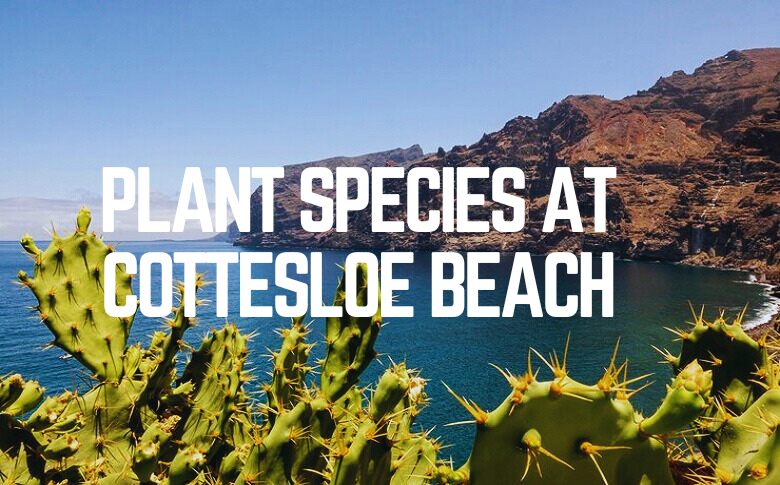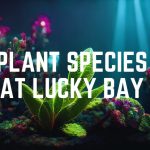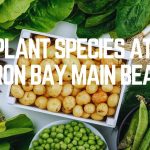Cottesloe Beach, a Perth gem, includes a different scope of beachfront vegetation. Plant Species At Cottesloe Beach Resilient dune plants, including coastal shrubs and hardy grasses, thrive along the sandy shores.
These strong species add to the ocean side’s stylish charm but also play a vital role in stabilizing the dunes and supporting the neighborhood biological system.
Against the backdrop of the Indian Ocean, Cottesloe Beach’s plant diversity creates a picturesque scene, welcoming guests to see the value in the rich biodiversity that complements the laid-back atmosphere of this famous Western Australian destination. Nature and relaxation blend consistently at Cottesloe Beach.
Plant Species Present At Cottesloe Beach
- Coastal Banksia (Banksia integrifolia)
- Coastal Tea Tree (Leptospermum laevigatum)
- Coastal Dune Grasses (various species)
- Coastal Spinifex (Spinifex longifolius)
- Coastal Pigface (Carpobrotus virescens)
- Coastal Wattle (Acacia cyclops)
- Sea Rocket (Cakile maritima)
- Sheoak (Allocasuarina fraseriana)
- Coast Daisy (Brachycome ciliaris)
- Coastal Saltbush (Atriplex cinerea)
Coastal Banksia (Banksia integrifolia)
Cottesloe Beach boasts the presence of Coastal Banksia, a famous Australian tree with serrated leaves and particular tube-shaped blossom spikes. The Banksia integrifolia contributes to the coastal landscape, giving territory to neighborhood fauna and adding a touch of native beauty.
Coastal Tea Tree (Leptospermum laevigatum)
The Coastal Tea Tree, with its fragrant leaves and little white blossoms, thrives along the shores of Cottesloe Beach. Known for its hardiness and salt tolerance, it plays a part in settling the sandy rises and upgrading the biodiversity of the beachfront climate.
Coastal Dune Grasses (Various Species)
Dune grasses, adapted to the sandy conditions, make a characteristic rug along the rises of Cottesloe Beach. These grasses, which may include various species, play a crucial role in preventing erosion, giving soundness to the hill biological system.
Coastal Spinifex (Spinifex longifolius)
Coastal Spinifex, a tough and strong grass species, structures thick tufts along the sandy stretches of Cottesloe Beach. Its long, slender leaves help in trapping windblown sand, assuming a key part in rise adjustment and adding to the special beachfront vegetation of the area.
Coastal Pigface (Carpobrotus virescens)
Recognized for its succulent, beefy leaves and lively blossoms, Seaside Pigface is a tough waterfront plant at Cottesloe Beach. This salt-tolerant species not only adds visual appeal to the landscape as well as helps with forestalling soil disintegration along the ridges.
Coastal Wattle (Acacia cyclops)
Coastal Wattle, with its unmistakable round and hollow bloom spikes and phyllodes, is a trademark waterfront plant at Cottesloe Beach. Its nitrogen-fixing properties contribute to soil fertility, and its presence improves the natural variety of the waterfront biological system.
Sea Rocket (Cakile maritima)
Sea Rocket, a low-growing coastal plant, flourishes in the sandy soils of Cottesloe Beach. With its deeply lobed leaves and white to lilac flowers, it adds to the seaside verdure’s variety and assumes a part in balancing out the hill framework.
Sheoak (Allocasuarina fraseriana)
The Sheoak, characterized by its feathery foliage and tube-shaped cones, is a noticeable tree along Cottesloe Beach. As part of the coastal vegetation, it contributes to the area’s natural beauty and gives natural surroundings to different bird species.
Coast Daisy (Brachycome ciliaris)
Coast Daisy, with its sensitive blue or violet blossoms, is a charming addition to the coastal landscape of Cottesloe Beach. This low-growing plant contributes to the overall floral diversity, drawing in pollinators and adding a sprinkle of variety to the sandy environmental elements.
Coastal Saltbush (Atriplex cinerea)
Coastal Saltbush, with its silvery-grey leaves, is very much adjusted to the pungent states of Cottesloe Beach. This salt-tolerant shrub plays a role in stabilizing the dunes, preventing soil erosion, and upgrading the flexibility of the seaside biological system.
In Summary
Frequently Asked Questions (FAQs)



Pingback: Cottesloe Beach - Everything You Need To Know Before You Go